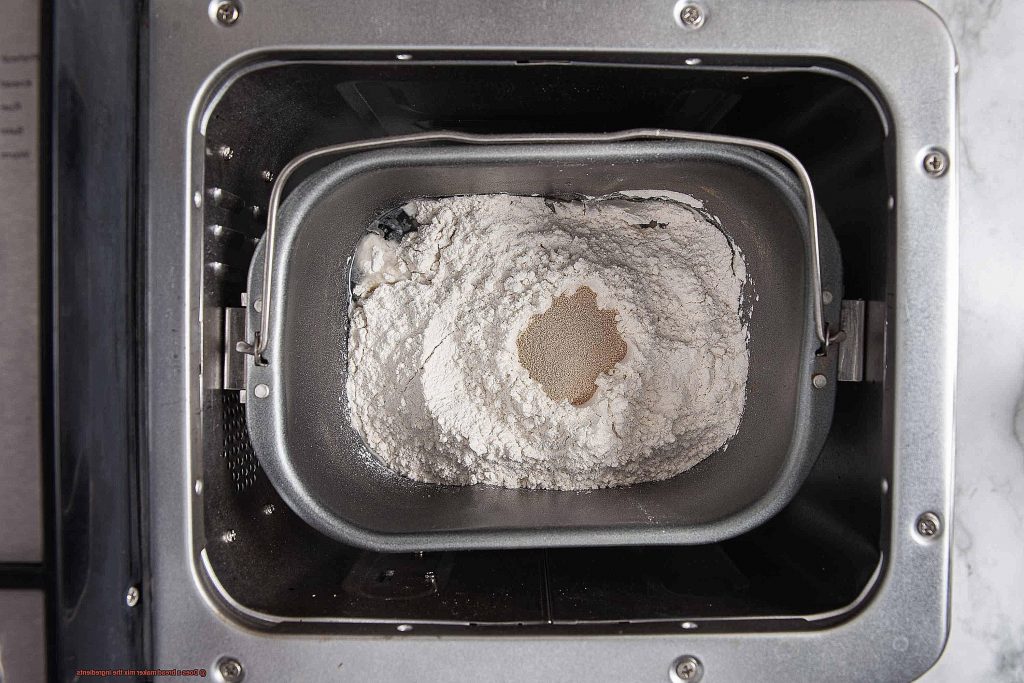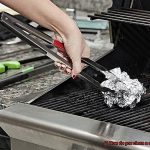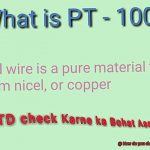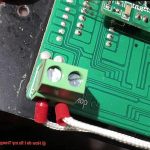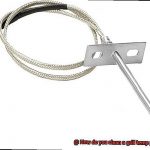Are you tired of the hassle of mixing and kneading bread dough by hand? Well, have no fear because the bread maker is here. This handy kitchen appliance has been around for quite some time, but do you know if it can mix all the ingredients by itself?
In this blog post, we’ll take a deep dive into the world of bread making with a bread maker. From its features to functions and benefits, we’ll cover it all. But most importantly, we’ll answer the burning question on your mind – does a bread maker really mix all the ingredients for you?
You’ll learn about how a bread maker works and the different settings that allow you to make various types of bread. Plus, we’ll discuss the pros and cons of using a bread maker to help you decide if it’s worth investing in one.
Whether you’re an experienced baker or just starting out, this informative blog post will provide valuable insights into making delicious homemade bread with ease. So get ready to embark on a journey through the wonderful world of bread making with a trusty companion – your very own bread maker.
Contents
What is a Bread Maker?
Freshly baked bread has a unique aroma and taste that can tantalize your senses. But, let’s be honest, it takes quite a bit of effort and time to make it from scratch. That’s where a bread maker comes in handy.
A bread maker is an electric kitchen appliance that automates the entire bread-making process. This nifty machine is perfect for people who love fresh bread but don’t have the hours to spend kneading and baking it. With a bread maker, you just add the ingredients, select the settings, and let the machine do all the work.
Bread makers come in various sizes and shapes, with different features that allow you to customize your bread to your liking. The first bread maker was invented by Matsushita Electric Industrial Co., Ltd., now known as Panasonic Corporation, in Japan in 198Since then, bread makers have become popular worldwide.
The main components of a bread maker are the baking pan, kneading blade, control panel, and heating element. The baking pan is where the dough is placed and baked. The kneading blade is attached to the bottom of the pan and rotates to mix and knead the dough. The control panel allows you to choose the type of bread you want to make, the size of the loaf, and how dark you want the crust. The heating element provides the heat necessary for baking.
Besides being easy to use, bread makers offer other benefits too. For instance, they mix all the ingredients evenly, ensuring that every slice is just as delicious as the last one. They also save time since you don’t have to monitor the dough or wait for it to rise.
Using a bread maker is simple: add your ingredients in the correct order and select the right settings. Most machines offer a wide variety of bread types, such as white, whole wheat, or sourdough. You can even customize your loaf’s size and crust color. Some models may have additional features like a fruit and nut dispenser or a gluten-free setting.
Benefits of a Bread Maker
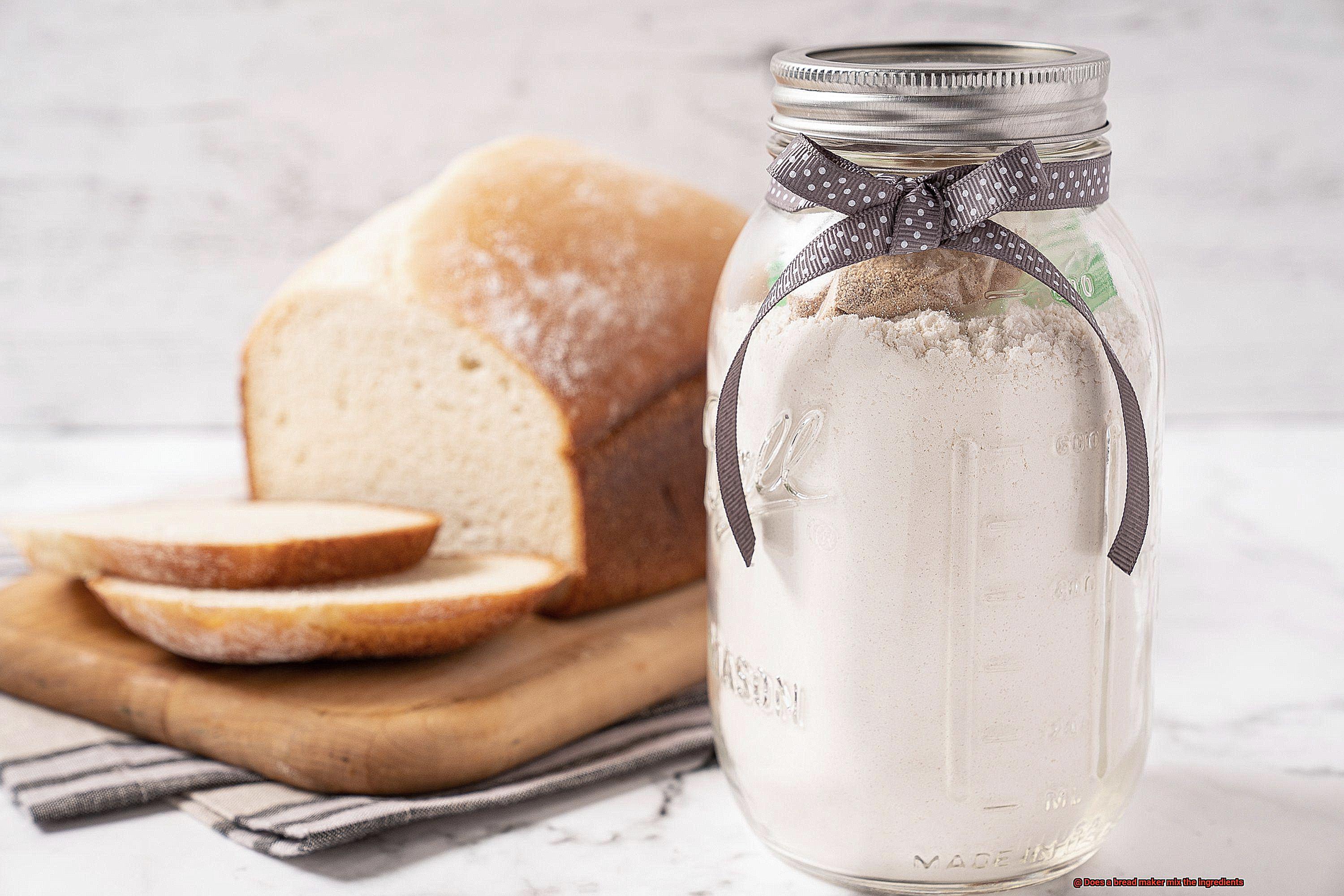
A bread maker is a game-changer, offering numerous benefits that will revolutionize your bread-making experience.
First and foremost, a bread maker provides unparalleled convenience. Making bread at home has never been easier – simply add the ingredients to the machine, select your desired settings, and let it do all the work for you. No more kneading or waiting for the dough to rise – your bread will be ready in no time.
In addition to being convenient, a bread maker ensures consistency in every loaf. The machine mixes and kneads the dough evenly, resulting in uniform texture and taste. This eliminates the risk of unevenly mixed dough or undercooked bread, making sure each loaf is perfect every time.
A major benefit of using a bread maker is control over ingredients. You can choose high-quality ingredients and avoid preservatives and additives commonly found in store-bought bread. Plus, with a bread maker, you can experiment with different flours and grains to create unique and personalized loaves.
Customization options don’t end there – bread makers are incredibly versatile and can be used to make all kinds of breads, from whole wheat to sourdough to gluten-free varieties. You can even experiment with adding different fruits and nuts for added flavor and texture.
Finally, investing in a bread maker can save money in the long run. While the initial cost may seem high, it pays for itself over time by eliminating the need to purchase store-bought bread regularly.
Does a Bread Maker Mix the Ingredients?
Bread-making can be a time-consuming and labor-intensive process, but with a bread maker, it becomes effortless and convenient. However, the question remains – does a bread maker mix the ingredients? As an expert in this field, I can assure you that not only does it mix the ingredients, but it also kneads the dough, allowing it to rise and bake all in one machine.
Bread makers come equipped with mixing and kneading paddles that rotate, ensuring that all the ingredients are thoroughly mixed and kneaded to perfection. They are designed to make bread-making a breeze, even for beginners. Some bread makers even have different settings for different types of bread, such as gluten-free or whole wheat. These machines are engineered to mix and knead the ingredients in a specific way for each type of bread, ensuring optimal results every time.
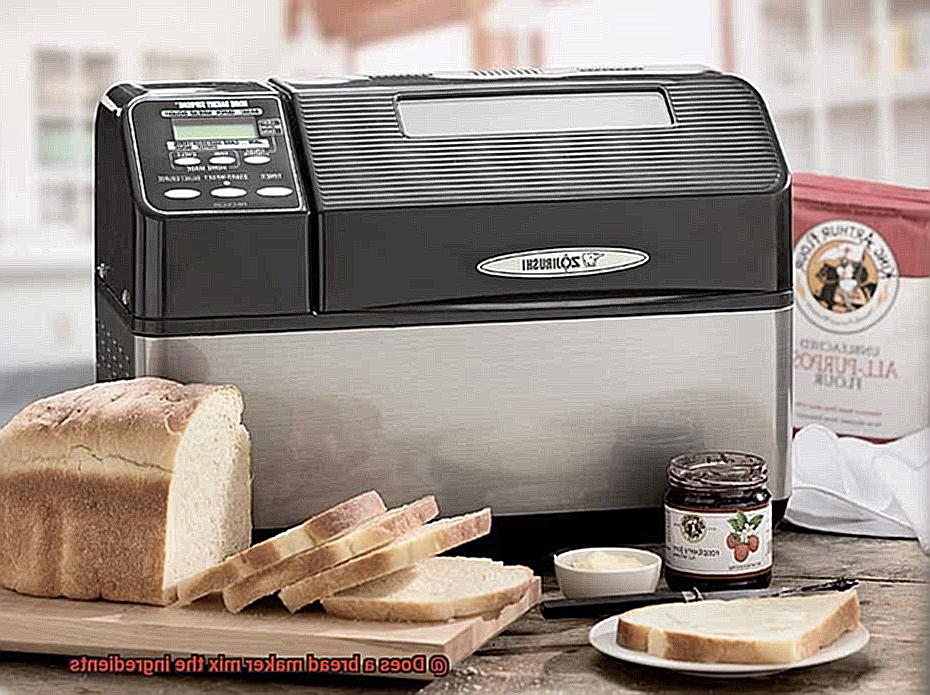
However, not all bread makers are created equal. Some may mix and knead too aggressively, resulting in overworked dough and a dense loaf of bread. It’s essential to read reviews and choose a machine with good mixing and kneading capabilities to ensure your bread comes out fluffy and delicious.
One of the best things about using a bread maker is the ability to customize your recipe to your liking. You have complete control over the ingredients you use, whether it’s adding nuts, seeds, or dried fruit. Plus, it’s an economical way to make fresh bread at home without having to purchase it from the store.
How Does a Bread Maker Mix the Ingredients?
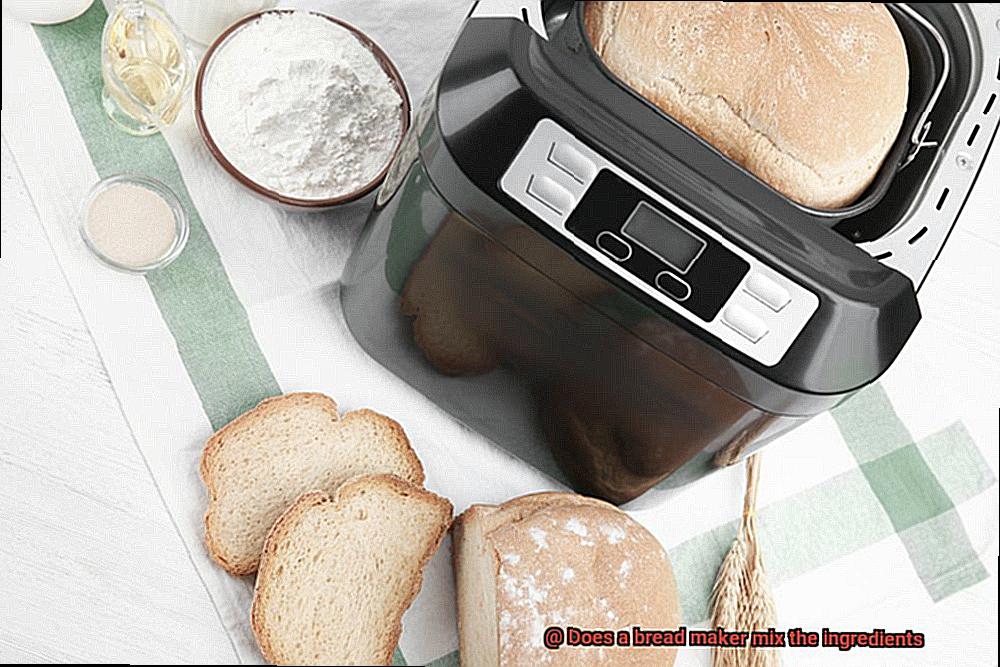
For the bread maker is here to save the day. This versatile kitchen appliance streamlines the bread-making process by automating many of the steps involved, leaving you with delicious, homemade bread with minimal effort. But how exactly does a bread maker mix the ingredients?
The answer is simple yet ingenious. A mixing paddle or kneading blade is attached to the bottom of the machine’s baking pan. Once you’ve added your ingredients to the pan, the paddle begins to turn, evenly distributing and combining them into a perfect dough. It’s like having your own personal baking assistant right in your kitchen.
What’s more, most bread makers offer a range of mixing settings, allowing you to choose between different speeds and patterns. Some machines use a horizontal motion, while others use a vertical one. And for those who want even more thorough mixing, there are bread makers with dual kneading blades.
As the ingredients are mixed, the dough begins to take shape. The machine’s heating element then kicks in, providing warmth for the dough to rise and bake. The entire process is fully automated, meaning you can sit back and relax while your bread maker does all the work.
With its excellent mixing capabilities and fully automated process, a bread maker produces consistent results every time. It eliminates many of the challenges associated with traditional bread-making methods, and allows you to enjoy freshly baked bread at home without any fuss.
The Importance of Adding Ingredients in the Correct Order
The key to success might be as simple as adding your ingredients in the correct order. As an expert in this matter, I can tell you that paying attention to the sequence in which you add ingredients is crucial.
To begin, always start with liquid ingredients, such as water or any other liquid in your recipe. This step is crucial as it activates the yeast and ensures it dissolves properly. Trust me; this will make a huge difference in the texture and flavor of your bread.
Next up are sugar and salt – two ingredients that regulate yeast growth and add flavor to your bread. However, take care when adding salt as doing so too early can kill the yeast, resulting in a dense and unappetizing loaf.
Adding fat or oil, such as butter, margarine, or vegetable oil, is the third step. This helps keep your bread soft and moist by preventing it from drying out during baking. It also adds richness and flavor to your bread.
Lastly, add dry ingredients like flour, yeast, and seasonings on top of the liquid ingredients. Placing them on top prevents them from getting wet and clumping together, ensuring a smooth and uniform dough.
Remember to follow the manufacturer’s instructions when adding ingredients to your bread maker. Different machines may have different settings and requirements for adding ingredients, so be sure to read the manual before starting.
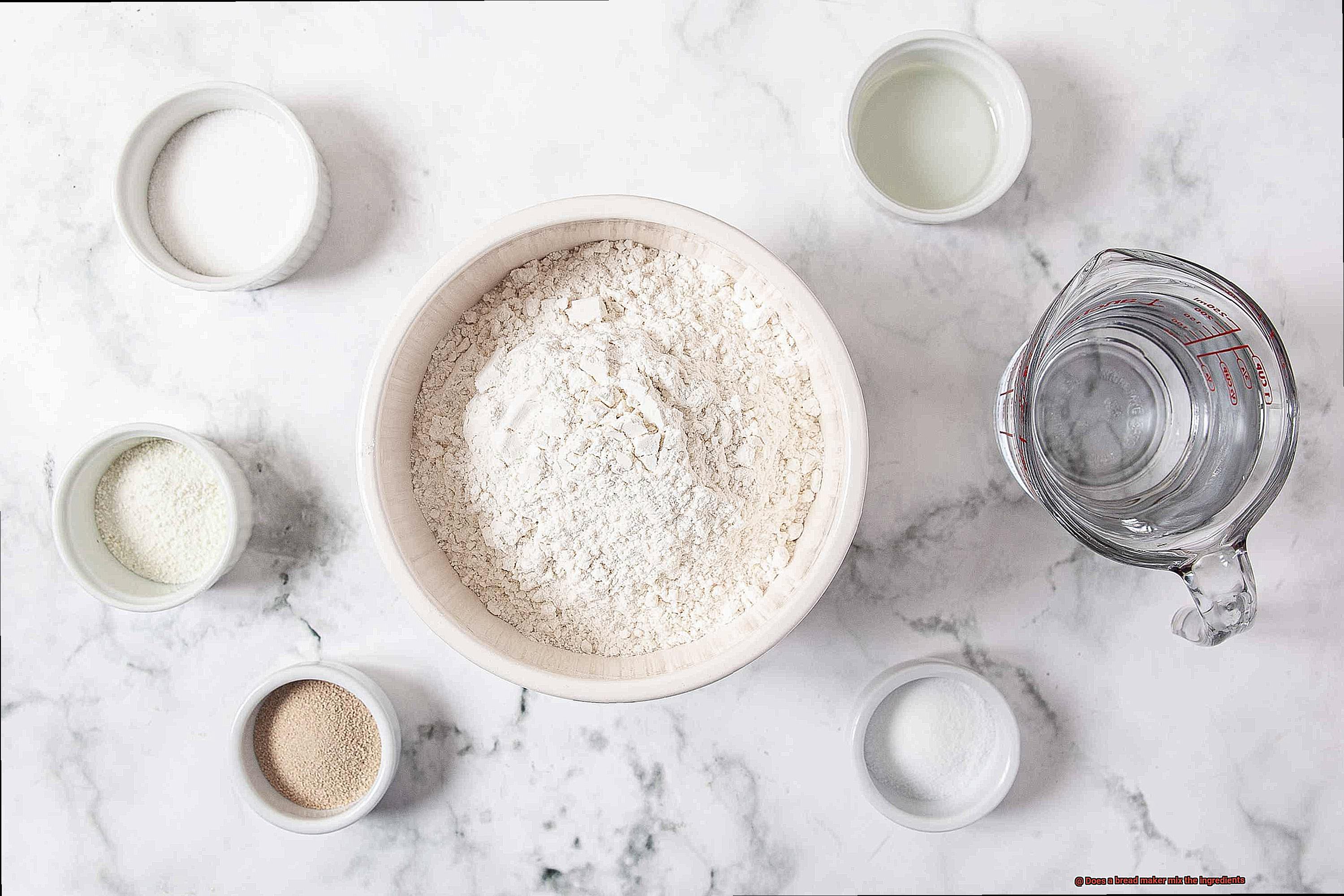
Types of Doughs and Kneading Times for Different Breads
Baking bread is an art that requires precision and attention to detail. When using a bread maker, it’s important to understand the different types of doughs and their required kneading times to ensure your loaves are perfect every time. Here are five sub-sections that explain the types of doughs and their required kneading times for breads made in a bread maker.
Basic Dough:
The basic dough is the perfect choice for making classic white bread. This dough requires a longer kneading time of around 10 minutes to ensure the gluten is developed properly. The result will be a light and fluffy loaf that is perfect for sandwiches or toast. While using a bread maker, follow the manufacturer’s instructions for best results.
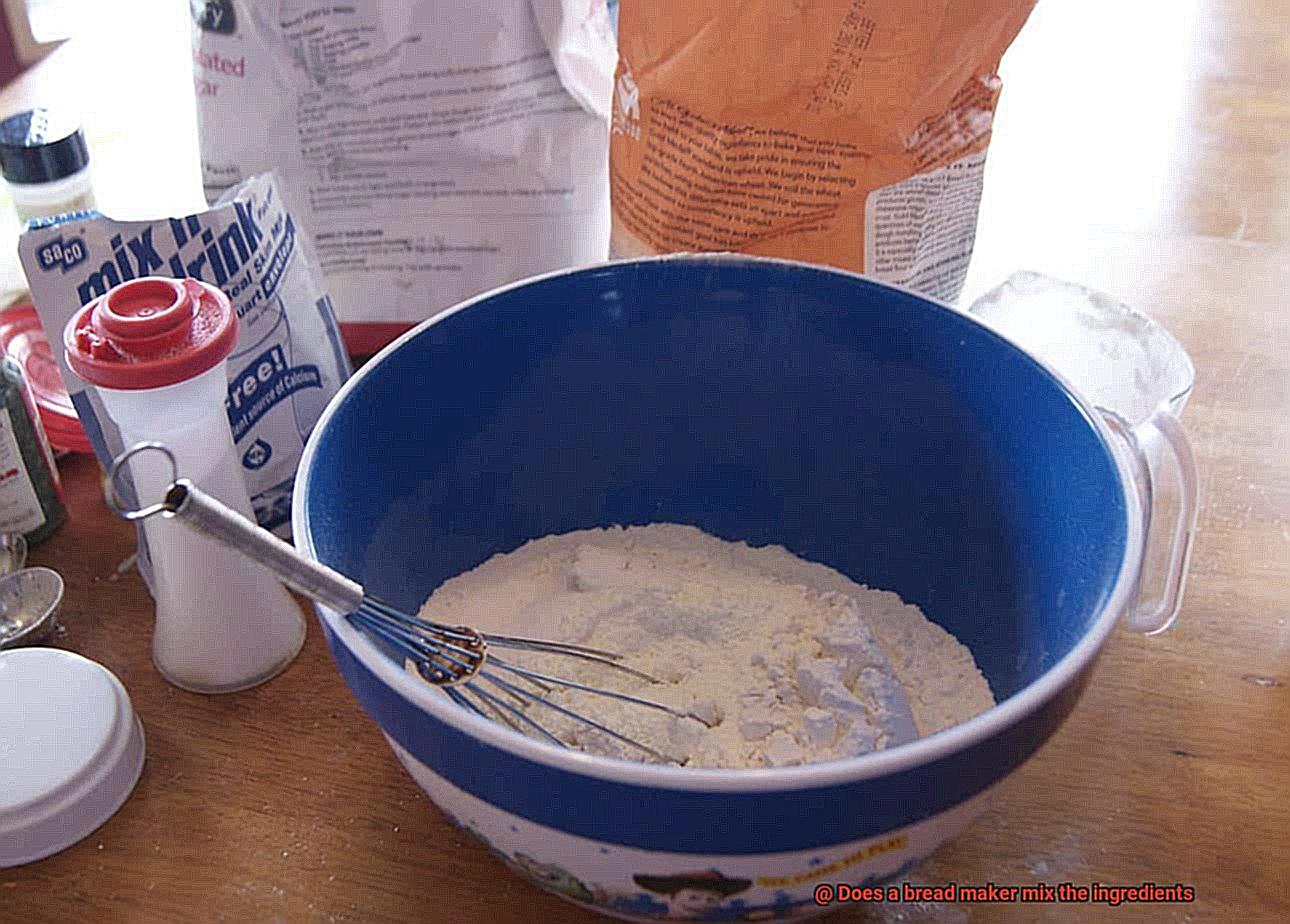
Whole Wheat Dough:
For a heartier loaf, whole wheat dough is the way to go. This type of dough requires a slightly shorter kneading time of around 8 minutes since the gluten in whole wheat flour is less elastic than in white flour. This will result in a denser, nuttier flavor that is perfect for sandwiches or as toast.
Sweet Breads:
Sweet breads, such as cinnamon raisin or brioche, require a shorter kneading time of around 5-6 minutes. This is because the added sugar and fat can interfere with gluten development. These breads are great for breakfast or as a sweet treat.
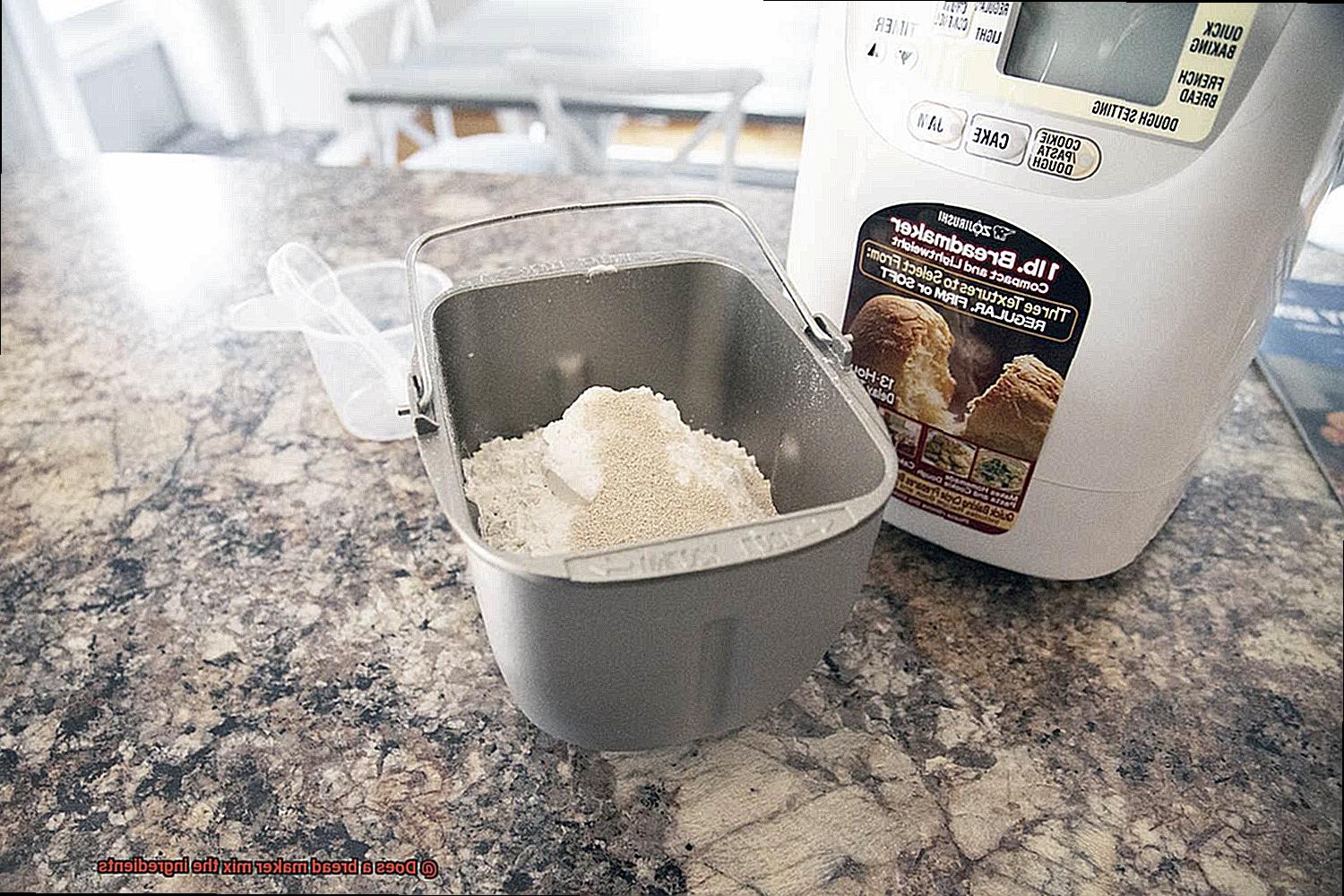
Specialty Doughs:
If you’re in the mood for pizza or focaccia, specialty doughs are the way to go. These require a shorter kneading time of around 4-5 minutes to prevent them from becoming too tough. These doughs are perfect for entertaining or for a fun family dinner.
Gluten-Free Dough:
Gluten-free dough requires an even shorter kneading time of around 2-3 minutes since it does not contain traditional wheat flour and does not form gluten like traditional doughs. It’s important to follow the manufacturer’s instructions and use a gluten-free setting for the best results.
Tips for Using a Bread Maker
Using a bread maker can be a hassle-free way to make fresh and delicious bread at home. To ensure the best results, here are five tips and tricks to keep in mind:
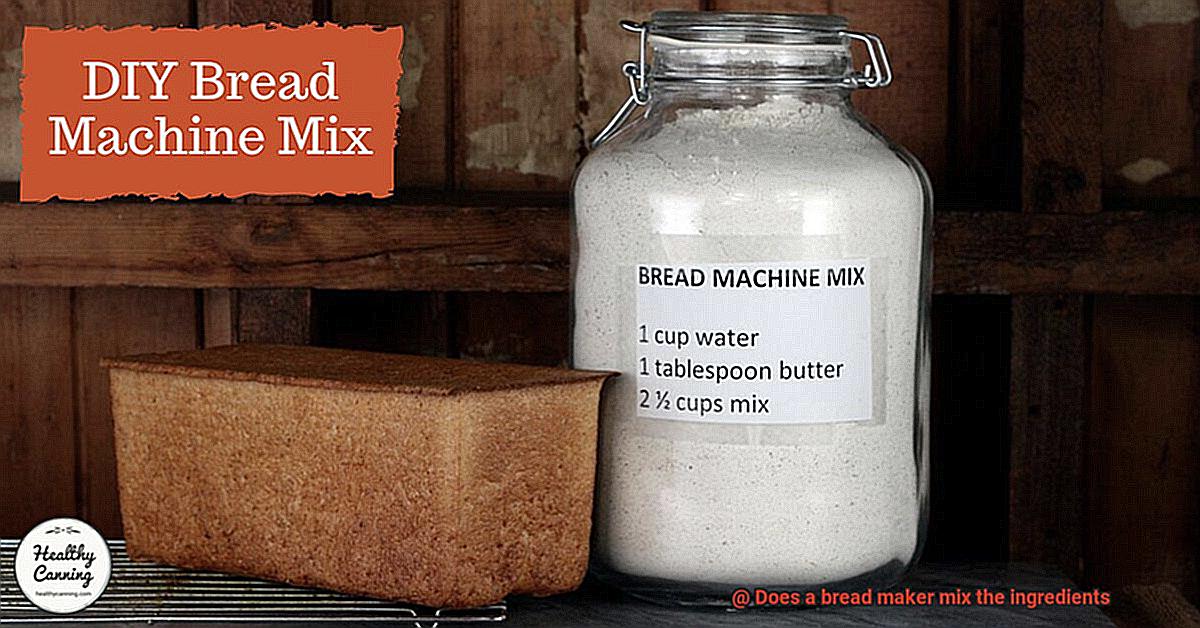
Follow the Manufacturer’s Instructions:
Before you start using your bread maker, take the time to read the manufacturer’s instructions carefully. This will help you understand your machine’s specific settings and timing, as well as how to add ingredients in the correct order for optimal mixing.
Accurately Measure Your Ingredients:
Measuring your ingredients accurately is crucial for creating perfect bread loaves. Use a kitchen scale to weigh your flour, and measuring cups and spoons for liquids and other ingredients. Inaccurate measurements can result in dough that is too dry or too wet, leading to poor-quality bread.
Use High-Quality Ingredients:
Using high-quality ingredients can make a significant difference in the final product. For instance, using bread flour instead of all-purpose flour can create a better rise and texture, while fresh yeast instead of instant yeast can lend a more authentic flavor.
Experiment with Different Recipes and Flavors:
One of the best things about using a bread maker is the ability to experiment with different recipes and flavors. Don’t be afraid to try out new combinations of herbs, spices, nuts, or dried fruit to create unique and tasty loaves.
Try Different Settings:
Many bread makers come equipped with different settings for different types of bread, such as whole wheat or gluten-free. Take advantage of these settings to find what works best for your dietary needs and preferences.
Troubleshooting Common Problems with Bread Makers
Many bread maker users face common issues that can affect the quality of their bread. However, with a few simple tips, you can troubleshoot these problems and get back to baking delicious loaves.
One of the most common problems with bread makers is the mixing of ingredients. But fear not, your bread maker is designed to mix ingredients for you. To ensure that your machine is doing this properly, there are a few things to keep in mind.
Firstly, measuring your ingredients accurately is crucial. Using too much or too little of certain ingredients can throw off the balance of your dough and affect the mixing process. Therefore, it’s essential to follow your bread maker’s instructions closely and use measuring cups and spoons for accuracy.
Another issue that may arise is dry or wet spots in your dough. To prevent this, try using a spatula or spoon to mix the ingredients before starting the machine. This will help distribute the ingredients evenly and minimize any dry or wet spots from forming.
If your bread maker still isn’t mixing properly, it could be due to a faulty paddle or motor. In this case, contacting the manufacturer for assistance or getting a replacement part may be necessary.
Conclusion
To summarize, a bread maker is an indispensable appliance for bread lovers who crave freshly baked loaves but lack the time or energy to knead and bake them manually. This nifty machine automates the entire bread-making process, from mixing ingredients to baking and rising, making it a must-have tool in any kitchen.
As an expert in this field, I can confirm that a bread maker does indeed mix all of the ingredients for you. Equipped with a kneading blade or mixing paddle that rotates to ensure even distribution of ingredients, different settings allow you to make various types of bread, including gluten-free and whole wheat.
Using a bread maker offers numerous benefits: convenience, control over ingredients, consistency in every loaf, customization options, and cost savings. However, it’s crucial to follow manufacturer instructions when adding ingredients in the correct order and using accurate measurements.
If you encounter any problems with your bread maker, don’t fret. Simple troubleshooting tips are available to help you get back on track. Overall, investing in a bread maker is a game-changer for anyone who wants fresh homemade bread without the hassle of traditional methods. So why wait?

